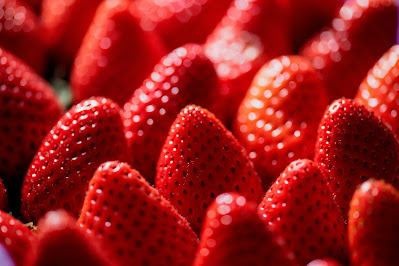Valentine’s Day is an important day celebrated worldwide to honor love and friendship. Celebrated annually on February 14th, this day provides a beautiful opportunity for people to express love and affection towards their partners, friends, and family through gifts and heartfelt messages. However, Valentine’s Day is more than just a day to exchange love—it is a chance to strengthen relationships and share quality time with loved ones.
Personal Experiences of Love
Valentine’s Day holds a unique significance for each person. The true beauty of this day lies not just in gifts, but in how one expresses their love and affection for those they hold dear. A simple gesture, like caring for a loved one or acknowledging how they have transformed your life, holds far greater meaning than material gifts. This personal connection is what makes the day truly special.
Gifts and Greetings
Exchanging gifts is one of the most exciting aspects of Valentine’s Day. Over time, the types of gifts have evolved, with chocolates, flowers, love letters, jewelry, and personal gifts being the most popular. Yet, the most meaningful gift could be a heartfelt letter, a personalized keepsake, or a surprise that expresses deep affection.
On this day, sending loving greetings is as important as giving gifts. Simple words like “I love you” hold so much meaning when shared with sincerity. These greetings are more than just words—they are an expression of how deeply one cares for another.
Valentine's Day Celebrations and Events
Valentine’s Day is celebrated in various ways across the world. It’s not just about giving gifts—it’s also an opportunity to create wonderful memories together. Romantic dinners, weekend getaways, concerts, and art events are commonly planned to make the day more special. These experiences help to deepen the connection between loved ones, making the day unforgettable.
The day also encourages the celebration of art and culture related to love, with poems, love stories, and romantic films being an essential part of the celebration. These activities allow couples to share their emotions and make lasting memories.
The Art of Love and Movies
Valentine’s Day also draws inspiration from love stories depicted in movies. Films like "Romeo and Juliet" and "The Notebook" capture the essence of love and romance, portraying the beauty and struggles of relationships. Watching such films brings out the emotions of love, reminding us of the depth and significance of affection.
Valentine's Day Recipes – Sharing Love Through Food
Another unique way to celebrate Valentine’s Day is by sharing food. Special meals, whether homemade or from a restaurant, contribute to the romantic atmosphere of the day. Preparing and sharing a favorite meal together becomes an act of love. This simple yet meaningful gesture adds an extra layer of warmth and intimacy to the celebration.
In Conclusion
Valentine’s Day is not only a celebration of love but also an opportunity to celebrate relationships and connections in our lives. By sharing affection, giving thoughtful gifts, and spending quality time with loved ones, we elevate the true meaning of this day. Let us embrace the opportunity to show love and appreciation, making this Valentine’s Day a memorable and joyful occasion.








.jpg)

